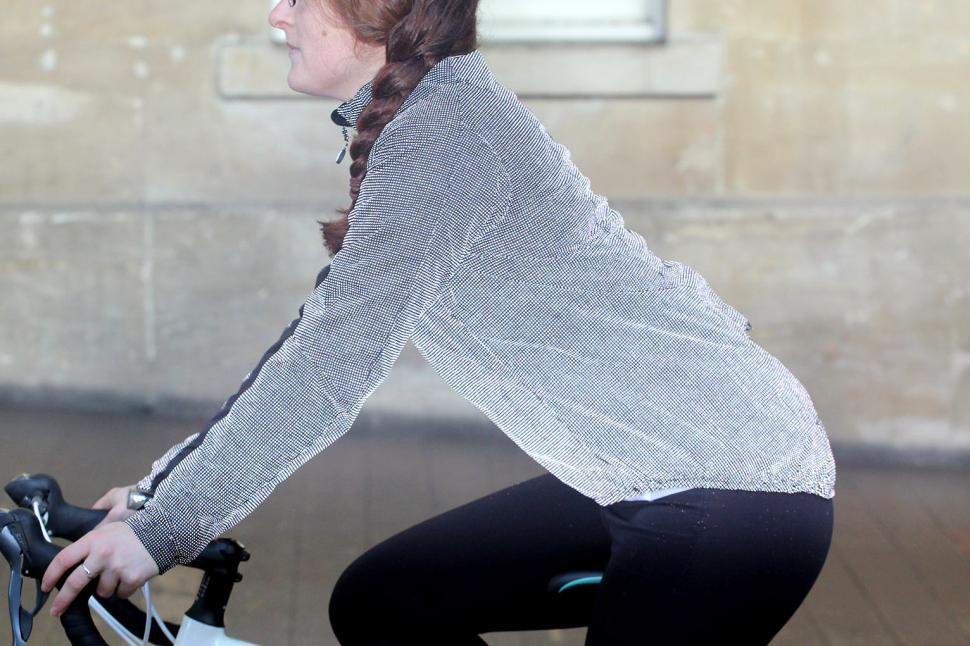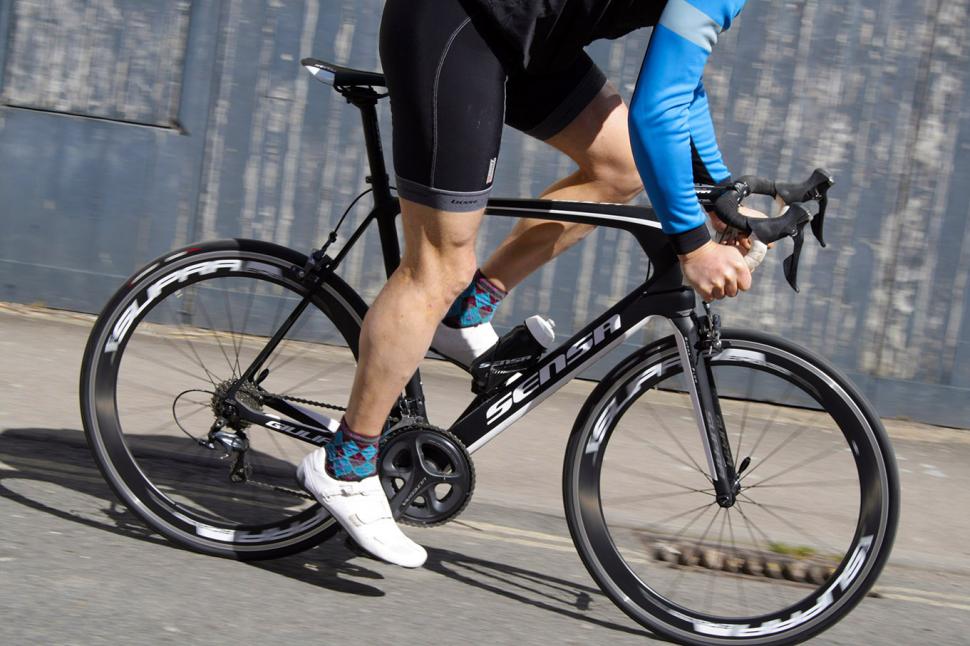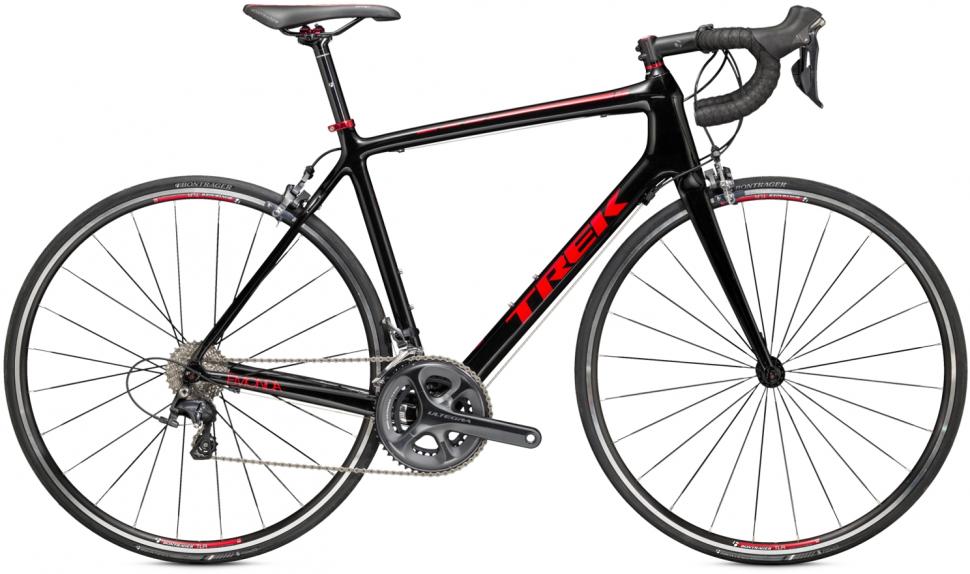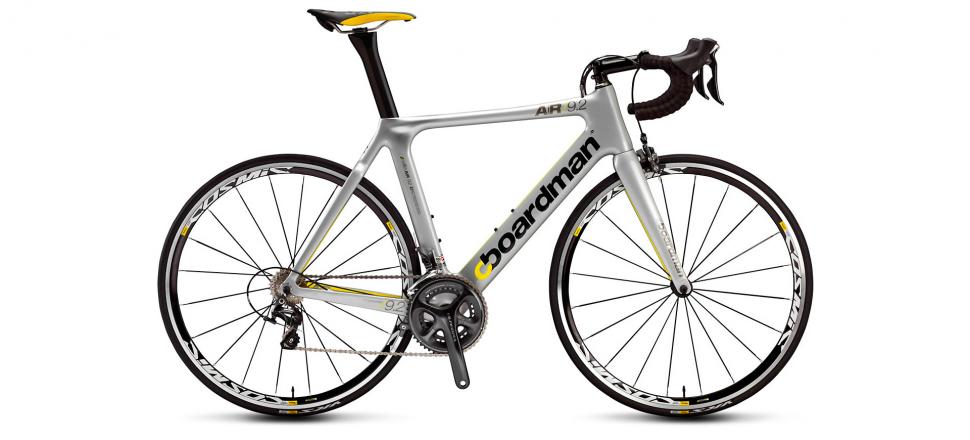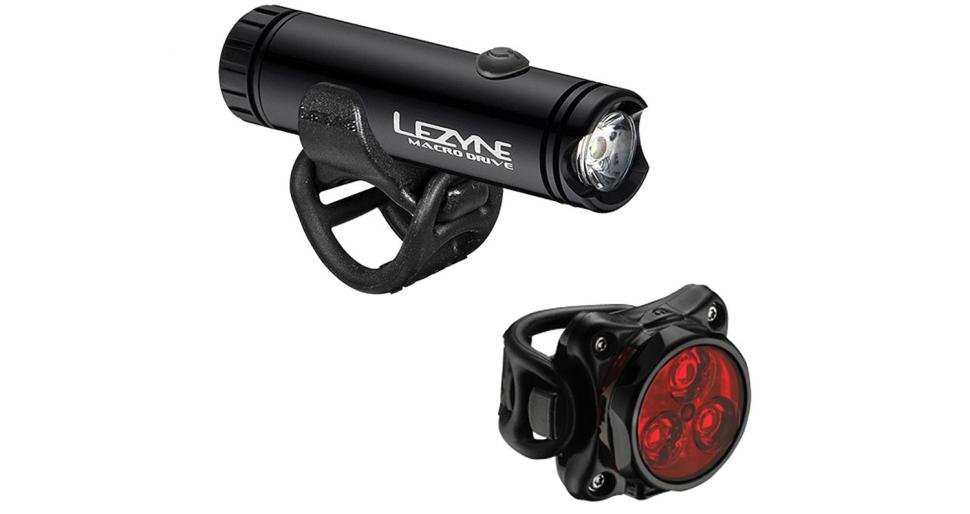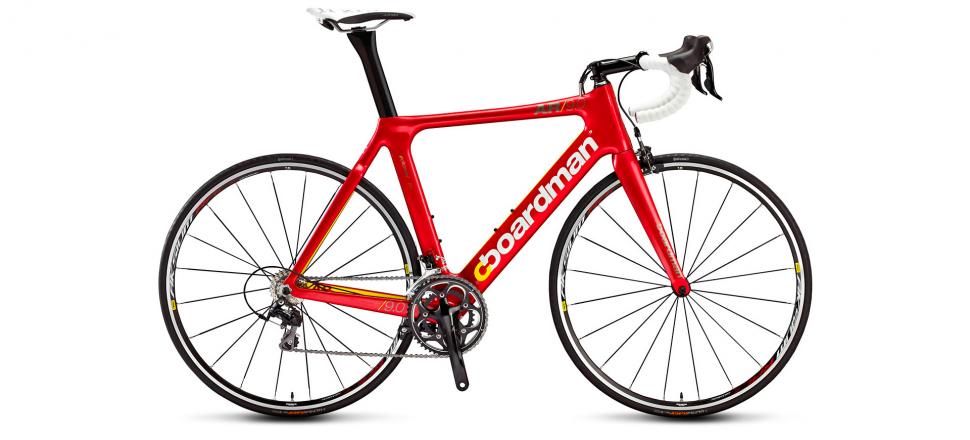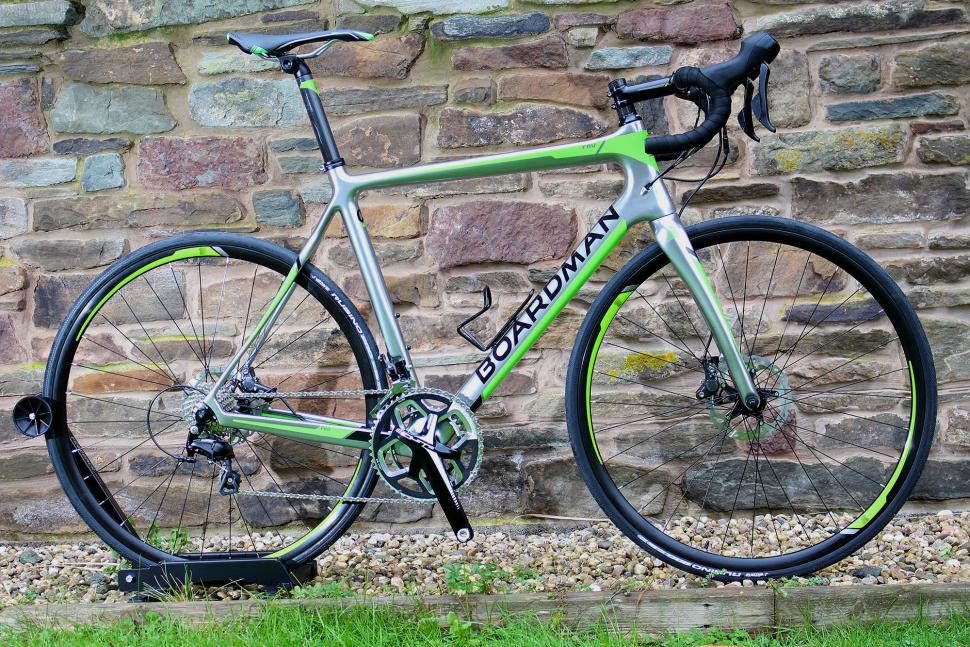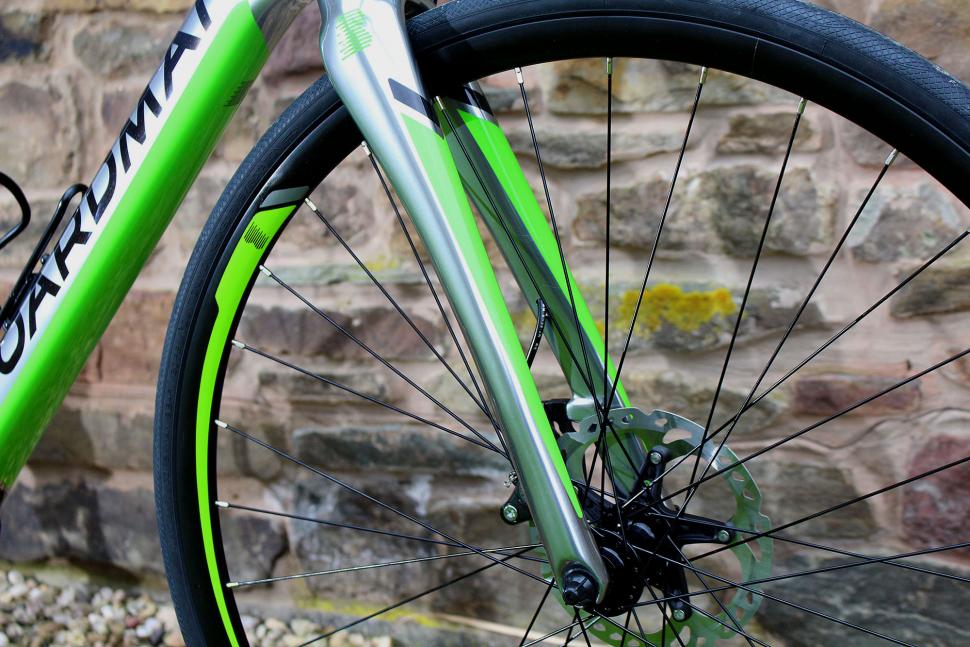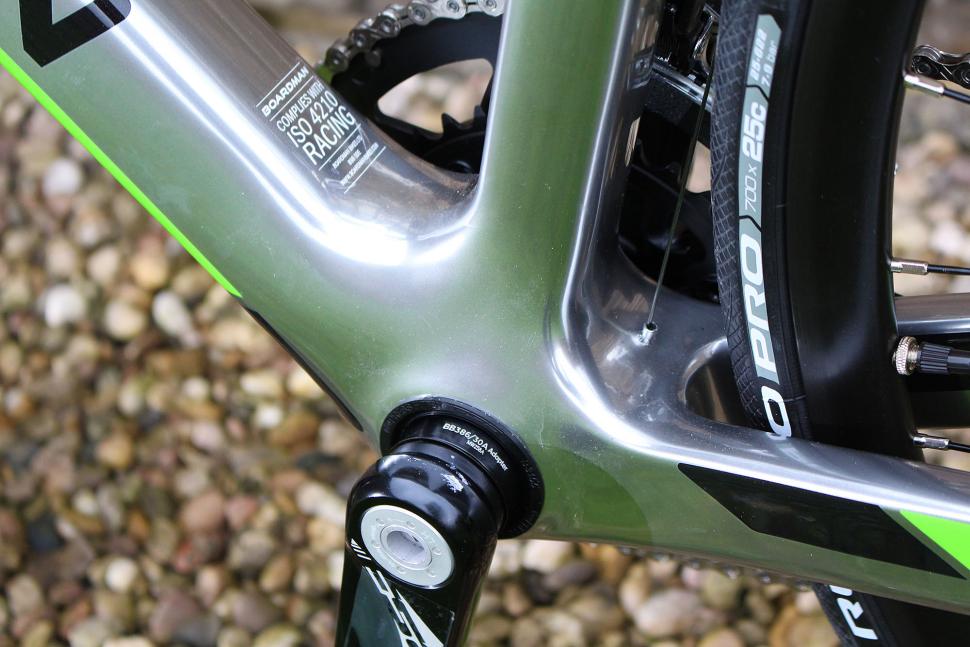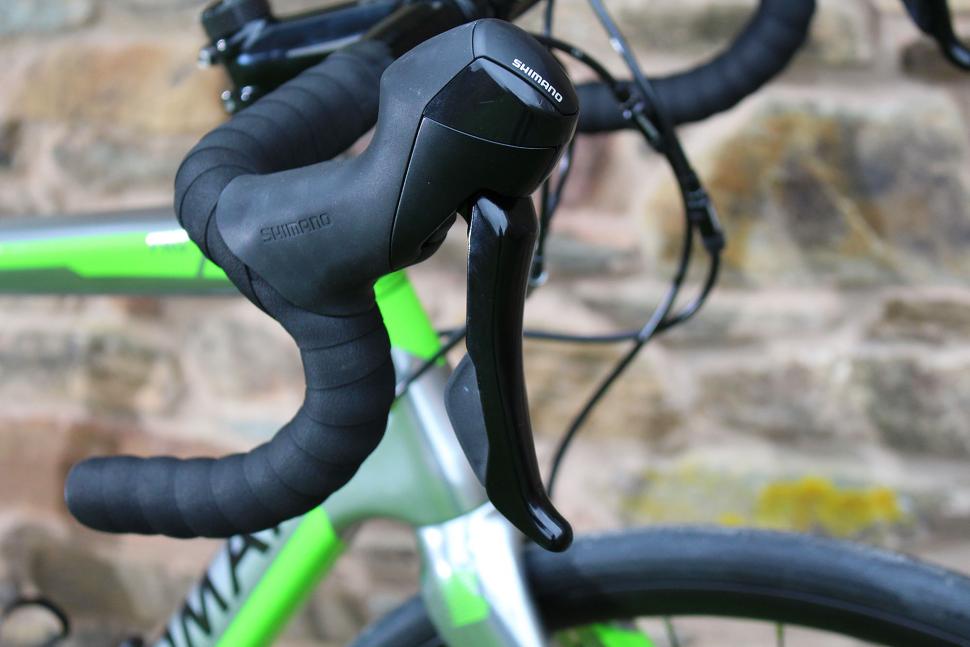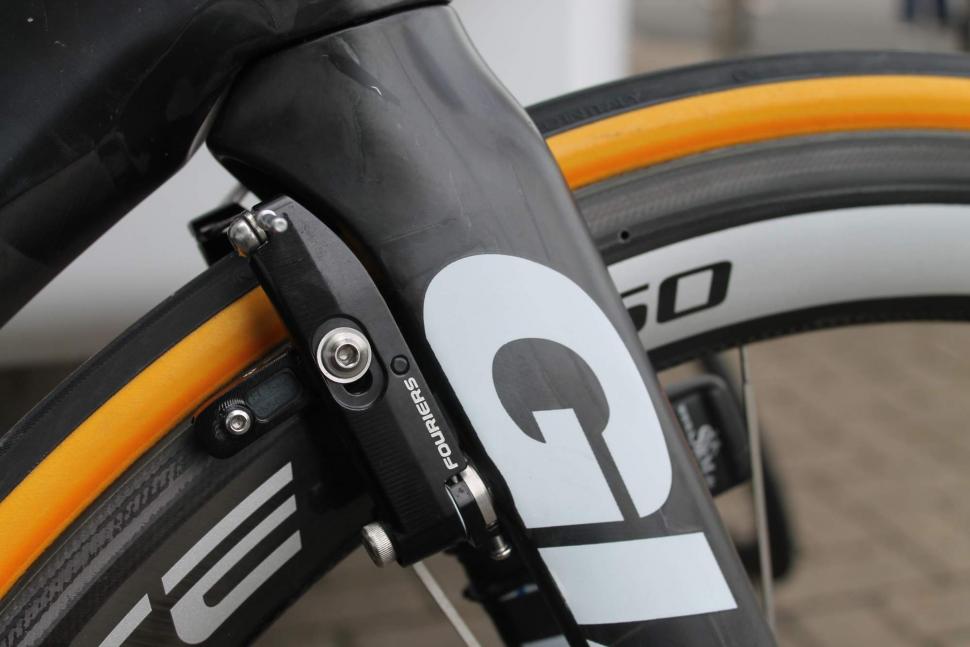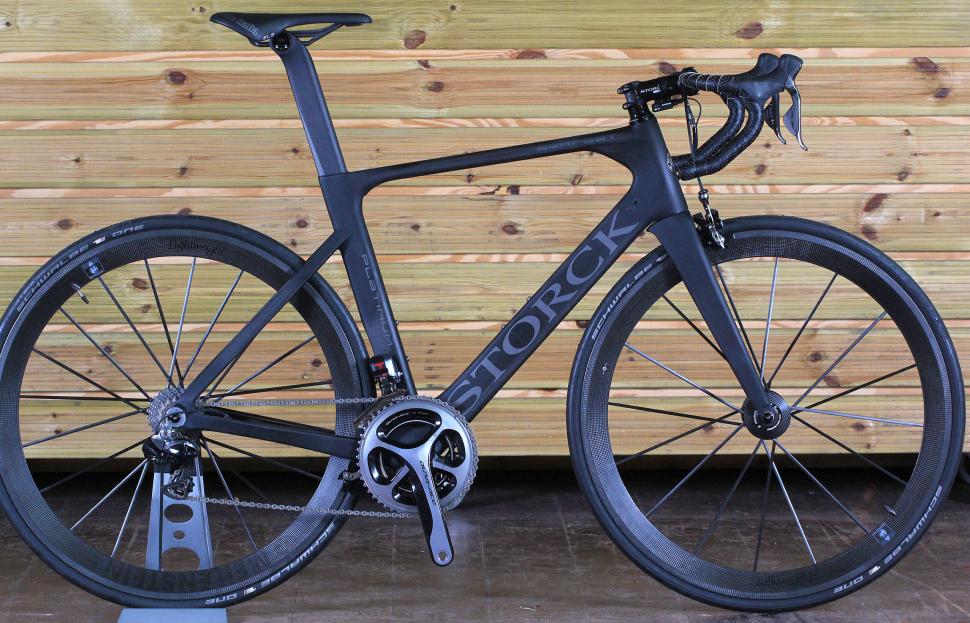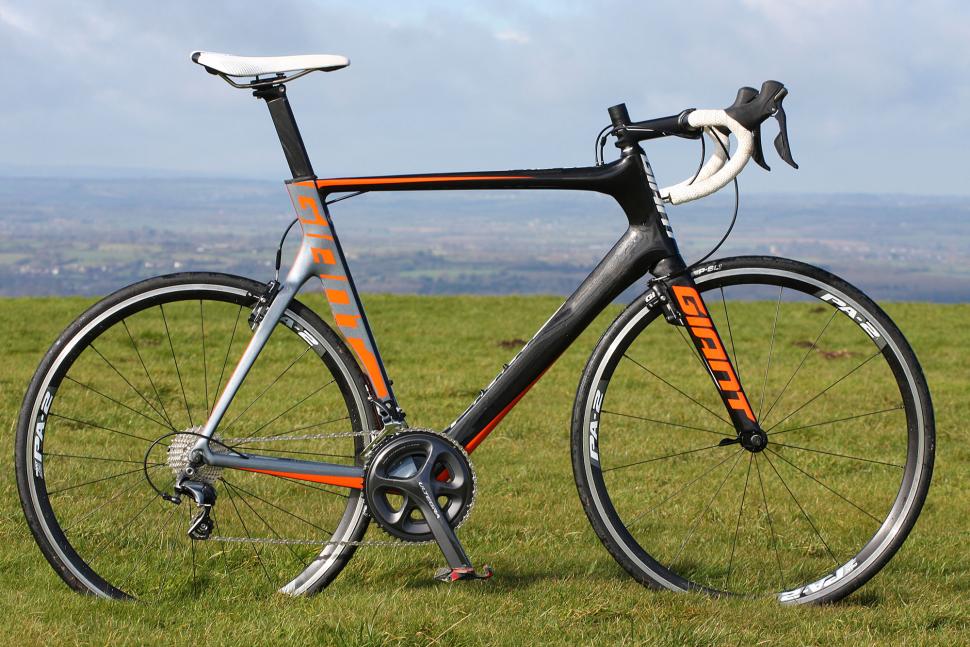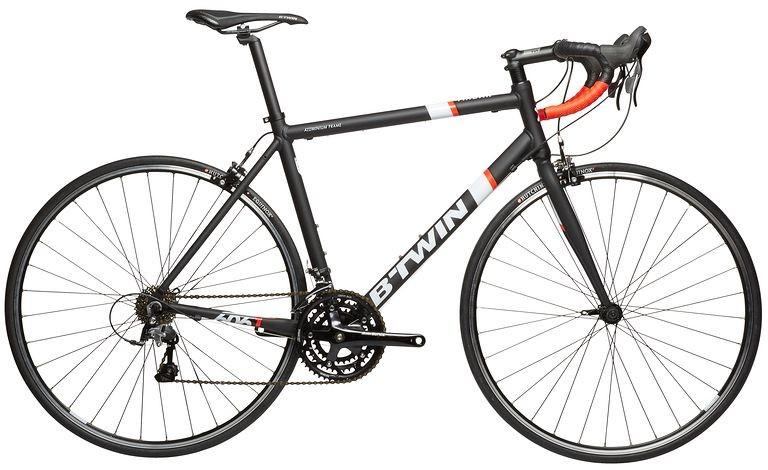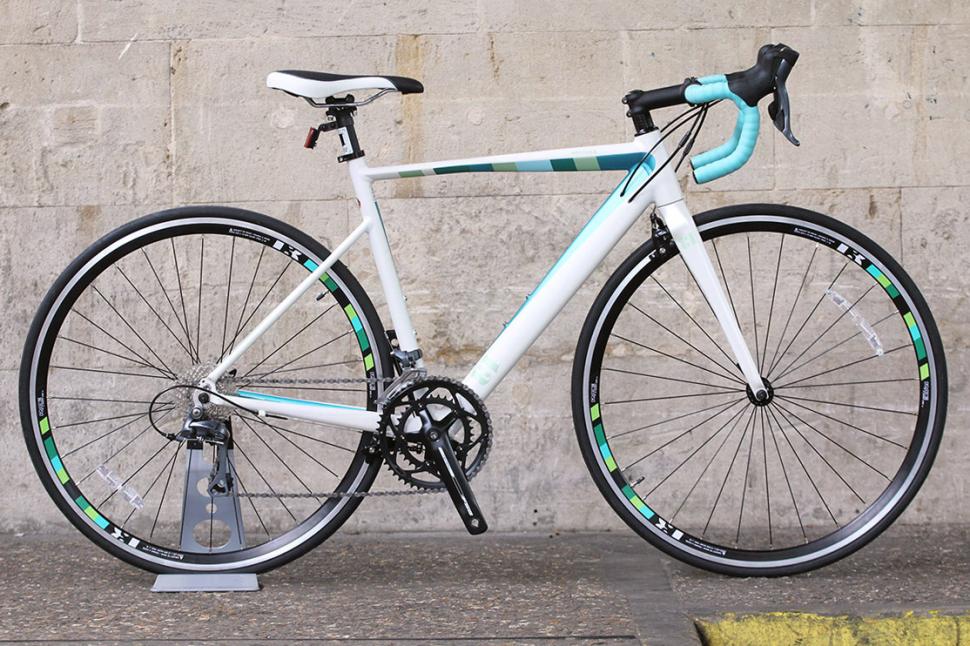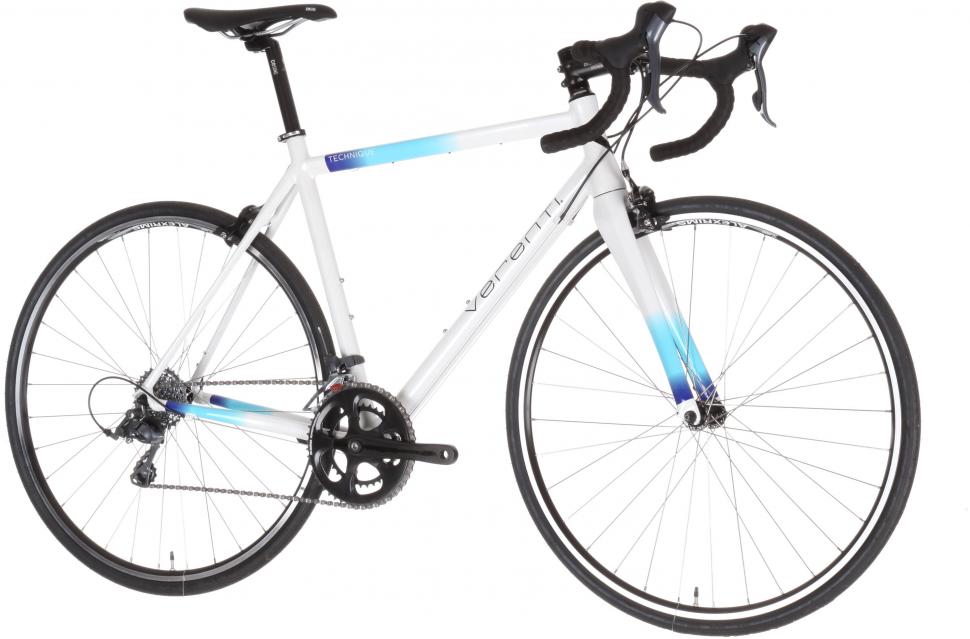Boardman's Elite Air 9.2 is just the ticket if you're looking for a fast bike with a good spec but you haven't got very silly money to spend. It's a good package and the performance is impressive straight out of the box. There are a few minor niggles, but nothing that would make me hesitate to recommend it.
If you're buying an aero bike, chances are you're doing so because you want to go faster; that, or you just like the look of deep-section tubes, or relish the challenge of adjusting hidden brakes. Anyway, likely the former.
> Find your nearest dealer here
So: do you go faster? My work on this has been anecdotal, rather than especially scientific. But the anecdotal evidence suggests a yes: you go faster on this than on standard road bike. Here are three examples of things that have happened.
Firstly, I was checking the sprint response and high-speed cornering on a descent I like to use for that, which I've ridden many times before. So, like many times before, I put the hammer down out of the hairpin and sprinted to the first corner before rolling down the rest in a tuck and taking the corners full speed. And when I got home, suddenly I had the KOM on Strava.
Secondly, I took the Air 9.2 up to my local crit race. I'm a third cat, and this winter we have to race with the second cats every week, so I generally get binned out with around 10 minutes gone and have to do the rest of the race on my own, or with the other poor souls who got dropped. But this time I won! Only kidding, I still got dropped. But I stayed in the race for twice as long and did seven of my ten best lap times along the way, including a new personal best.
Thirdly, I set off to Bristol and rolled down Pennyquick, which is a long, fast descent with a 16% bottom section. Normally you'll roll up to 70-75kph at the bottom before you have to give it the beans to get up the other side. On the Boardman, I hit 86kph without doing anything different.
Those are three stand-out nuggets from the testing. There are others: a fastest average speed on a common loop that I do, and plenty of personal bests along flat sections. Basically, it's faster. I don't know by how much, exactly, and the advantage you get will depend on all sorts of things.
Recently we ran a blog by a teammate of mine who also races in the 3s who'd spent some time comparing the performance of his new Look 795 Aerolight frame with his old Cannondale and BMC, and certainly the numbers suggest it's faster. I don't know if the Boardman is as quick as the Look. I do know it's £2,799 in a Shimano Dura-Ace build, though, when the Look's frame is £4,499 on its own.
The ride: Neutral and predictable with a firm feel
Some aero bikes can be a handful, but thankfully the Air 9.2 is a very neutral ride most of the time. Considering the amount of side profile, it's really not that much of a handful in the wind. Okay, I had a couple of interesting moments getting hit by a 30mph sidewind on one long ride, and the next day I certainly felt it in my upper body where I'd been fighting the bike a bit, but it's generally pretty predictable.
I found that the wheels, even though they're not an especially deep section, contributed a lot to the bike's ability to catch the wind. Things improved when I swapped out the Boardman Air Elite Five wheels for our test set of Swiss Side Hadrons, even though those wheels are a fair bit deeper.
If it's not especially windy then the Boardman rides much like any other quick bike. With a stack-to-reach ratio of 1.44 in the XL I tested (the position gets marginally less aggressive the bigger you go), the Air platform is similar to other aero bikes: not quite as aggressive as a Canyon Aeroad (we have an overview of the 2016 range here), about the same as a Giant Propel (check out the 2016 range here). Ours came with a decent stack of spacers and I opted for a mid-position in the end, so making it lower at the front wouldn't have suited me; if you like your bikes fully slammed then there are more bum-up-head-down frames than this.
Position-wise the Air 9.2 has another trick up its sleeve. The aero seatpost has plenty of depth and Boardman has made good use of it by tapping a series of four holes into the alloy insert at the top. The saddle clamp screws down into one of them, allowing you to quite simply alter the saddle position and the effective seat tube angle. Boardman sells a lot of these bikes for triathlon; the top-of the range Air 9.8 is the bike the Brownlee brothers habitually use to win stuff. The seatpost allows a steeper effective seat tube angle which is better for tri, and also for time trialling. The Air 9.2 would certainly be an effective TT bike with the addition of a set of clip-on aero bars.
Boardman uses an oversized 1 1/2in crown race bearing, and the deep-section fork contains plenty of carbon; those things add up to a front end that's firm and tracks very well.
Braking response up front is excellent too: Boardman uses an integrated TRP mini-V brake within the legs of the fork to improve airflow. It's a bit of a faff to set up because it's well hidden, and adjusting the centreing requires some handy work with a spanner and an Allen key (Boardman now supplies a special tool to make it easier) but once they're set up there's plenty of power on offer and the feel and modulation is good.
The rear brake isn't so good, but I've yet to try an under-the-bottom-bracket setup that I've been genuinely impressed with. The cable for the rear brake enters behind the head tube (as all the cables do) and heads down inside the down tube to the calliper. It isn't an especially tortuous run but the brake still feels a bit spongy and it's hard to grab the right amount of stopping without occasionally locking the back wheel. Because the front brake is so much better you tend to rely on that more.
The front is firm, and the rear is firm: this isn't designed as an all-day-comfort endurance machine. That's not to say it's horribly uncomfortable though. I've done 100km+ rides on the Air 9.2 with no problems. It comes shod with 25mm Vittoria Rubino Pro tyres which add a bit of cushioning at either end. Vibration through the front, with the stiff fork and the alloy bar, is more of an issue than at the rear, but neither is especially bad for the type of bike this is.
Response under power is good. The core of the bike is very stiff and there are no issues with flex making the bike feel vague when you stamp on the pedals. I managed to get the wheels to rub on both brakes under heavy loads but I suspect that's more to do with wheel flex than frame flex, as it was less of an issue after a wheel swap.
It didn't quite go away at the rear, and I think that's a consequence of the position of the rear brake. It's always possible to make the rear wheel move in the rear triangle; put your pedal at the bottom of the stroke and just lean on the bike and it'll shift about, because there's always some flex in the frame and the wheel. But the nature of the forces that you're applying seem to me to mean that the positional change is greater at the chainstays than it is at the seatstays. So if you want the aero advantage of the bottom bracket brake, that's the payback.
Equipment: A solid build with upgrade potential
Shimano Dura-Ace surely needs no introduction. Shimano's top-tier groupset offers near-flawless mechanical shifting and low weight. You don't get all of a Dura-Ace groupset here; the chainset is replaced by FSA's new four-arm SL-K unit which is a very nicely made carbon chainset. No complaints there. Both brakes are TRP; having a Dura-Ace direct-mount rear brake would probably have improved matters.
I had no issues with the shifting performance on the bike. The rear cable runs internally the length of the bike but it's in a full outer the whole way, so there's nowhere for muck to get in and spoil the shifting performance. Front shifts on the FSA chainset were slick and reliable too. Boardman specs the Air 9.2 with a 52/36 chainset and a 12-25 cassette – a setup aimed at fast riding. If you're not too clever on the hills you might sometimes find the 36x25 bottom gear a bit of a struggle, but there are plenty of other cassette options. The cassette itself is a 105-level one, and replacing it like-for-like with a more hill-friendly 11-28 would only cost you about £25.
I had some issues with a creaky press-fit bottom bracket on our test bike, which Boardman says would be covered by warranty. It's not an uncommon issue with press-fit, and removing the BB, cleaning everything up and re-fitting it fixed things without the need to fit the replacement that Boardman sent.
> Check out our guide to the fastest aero road bikes here
Boardman's own-brand Air Elite Five wheels are pretty decent. They're well made and at 1,746g the pair (including rim tape, not including skewers) they're not especially heavy. The bladed spokes are an even tension and the hubs have good sealed bearings. They're an obvious upgrade down the line, though, and certainly swapping them out for the Swiss Side Hadrons had a positive effect on the feel of the bike.
The Boardman Elite bar would also be on my list of possible upgrades. The Air 9.2 really deserves a set of aero drops to minimise frontal area, and there'd be a touch more give in a carbon bar with flat top sections which would take the edge off the front-end firmness. At the other end I got on very well with the Prologo Nago Evo saddle, which was comfy even for long rides.
Overall: A compelling package for the money
The best part of three grand isn't exactly spare change, but the Boardman Air 9.2 scores very highly in the value stakes, stacking up well against the competition. There aren't many aero bikes that offer Dura-Ace below £3,000, and although you're not getting the full groupset it's still a great package for the money.
It's fast, the handling is neutral and responsive, it's firm but not uncomfortable, and it responds well under power. There are a few minor niggles – the brakes aren't the best, and some of the components are worth an upgrade to get the best out of the frame – but if you're looking for a fast bike for racing, triathlon or even time trialling then it's very much one to consider.
Verdict
Great value aero bike that's fast and easy to ride. Recommended
road.cc test report
Make and model: Boardman Elite Air 9.2
Size tested: XL
About the bike
State the frame and fork material and method of construction. List the components used to build up the bike.
Frame: Boardman AIR, C10 Carbon
Fork: Boardman T8, Carbon, Carbon Tapered Steerer
Chainset: FSA SLK 52-36
STI levers: Shimano Dura - Ace
Derailleurs: Shimano Dura - Ace
Front brake: TRP Integrated (TKB55)
Rear brake: TRP (T714R)
Cassette: Shimano 105, 12-25
Chain: FSA Team Issue
Wheels: Boardman Air Elite Five
Tyres: Vittoria Rubino Pro (25C)
Saddle: Prologo Nago Evo 141
Seatpost: Boardman Elite AIR Carbon
Bar and stem: Boardman Elite Alloy
Bar tape: Boardman Soft-grip
Tell us what the bike is for, and who it's aimed at. What do the manufacturers say about it? How does that compare to your own feelings about the bike?
Boardman says: "Designed to be ridden fast, the super slippery AIR frame, fork and seat-post cut through the air with minimal air displacement ensuring that once up to speed you stay there. With an FSA SLK Carbon chainset, Shimano Dura-Ace groupset and Boardman Elite AIR Five wheelset this is the ideal bike for Triathlon, rolling road racing and fast criteriums."
Frame and fork
Tell us about the build quality and finish of the frame and fork?
Nicely finished with the odd niggle such as a chip in the paint under the seatpost clamp cover.
Tell us about the materials used in the frame and fork?
Frame: Boardman AIR, C10 Carbon
Fork: Boardman T8, Carbon, Carbon Tapered Steerer
Tell us about the geometry of the frame and fork?
See https://www.boardmanbikes.com/products/118-air-9.2.html for full geometry.
How was the bike in terms of height and reach? How did it compare to other bikes of the same stated size?
Spot on. I put the handlebar mid stack in the spacers available.
Riding the bike
Was the bike comfortable to ride? Tell us how you felt about the ride quality.
The Air 9.2 is a firm bike but easy to ride and comfortable enough for long distances.
Did the bike feel stiff in the right places? Did any part of the bike feel too stiff or too flexible?
Core feels stiff, front end is firm.
How did the bike transfer power? Did it feel efficient?
Very efficient.
Was there any toe-clip overlap with the front wheel? If so, was it a problem?
No issues during testing.
How would you describe the steering? Was it lively, neutral or unresponsive? Neutral.
Tell us some more about the handling. How did the bike feel overall? Did it do particular things well or badly?
The bike has a solid front end and steering response is good. it doesn't require much input unless it's windy.
Which components had the most effect (good or bad) on the bike's comfort? would you recommend any changes?
Bar would be worth swapping.
Which components had the most effect (good or bad) on the bike's stiffness? would you recommend any changes?
The own-brand wheels have a bit of lateral flex which can sometimes mean some brake rub.
The drivetrain
Wheels and tyres
Tell us some more about the wheels and tyres.Did they work well in the conditions you encountered? Would you change the wheels or tyres? If so, what for?
I swapped the wheels for Swiss Side Hadrons during testing, which improved the feel of the bike.
Controls
Your summary
Did you enjoy riding the bike? Yes
Would you consider buying the bike? Yes
Would you recommend the bike to a friend? Yes
Use this box to explain your score
£2,799 for a full-carbon Dura-Ace aero bike is excellent value, and the performance is good too.
About the tester
Age: 43
I usually ride: whatever I'm testing... My best bike is: Kinesis Tripster ATR, Kinesis Aithein
I've been riding for: Over 20 years I ride: Every day I would class myself as: Experienced
I regularly do the following types of riding: road racing, time trialling, cyclo-cross, commuting, club rides, sportives, general fitness riding, fixed/singlespeed, mountain biking, Mountain Bike Bog Snorkelling, track
Great value aero bike that's fast and easy to ride. Recommended
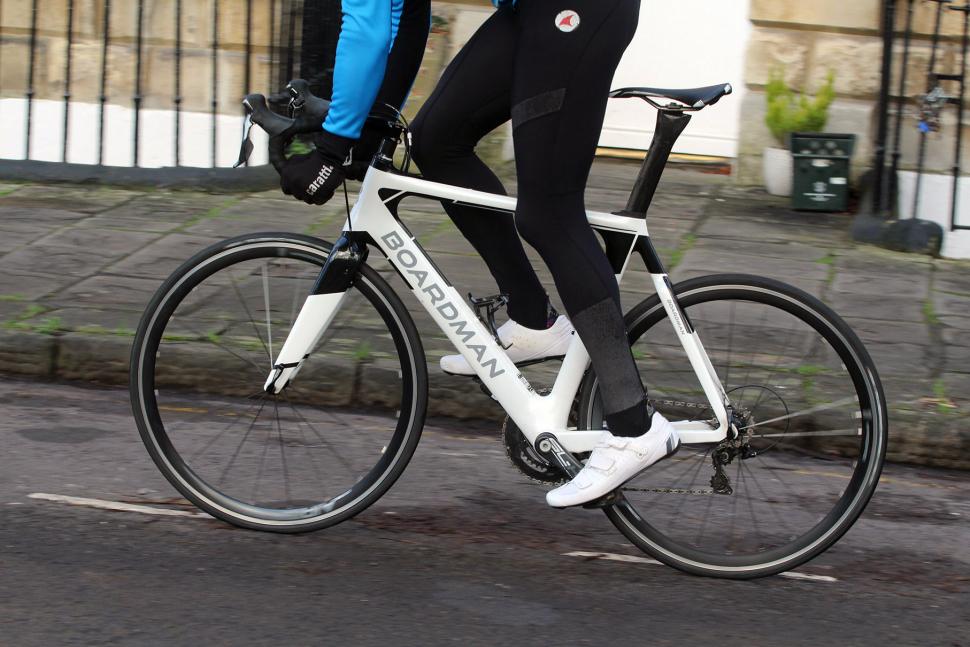
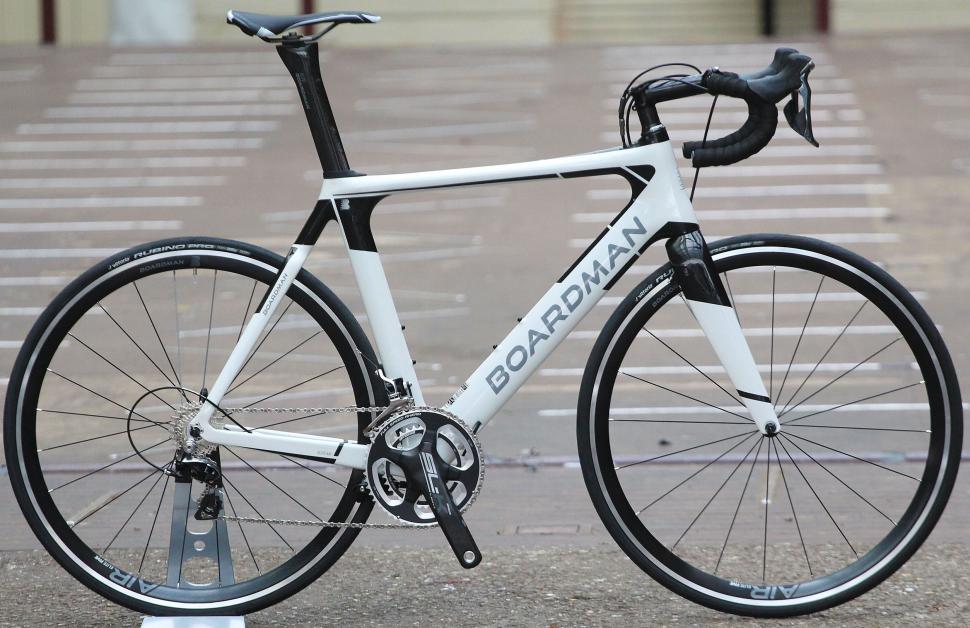




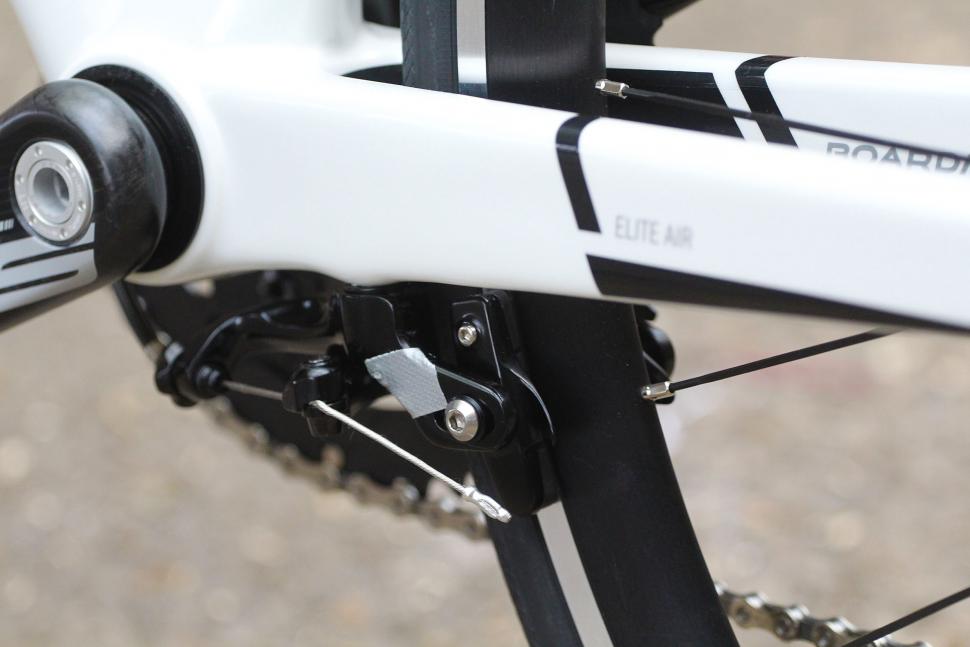
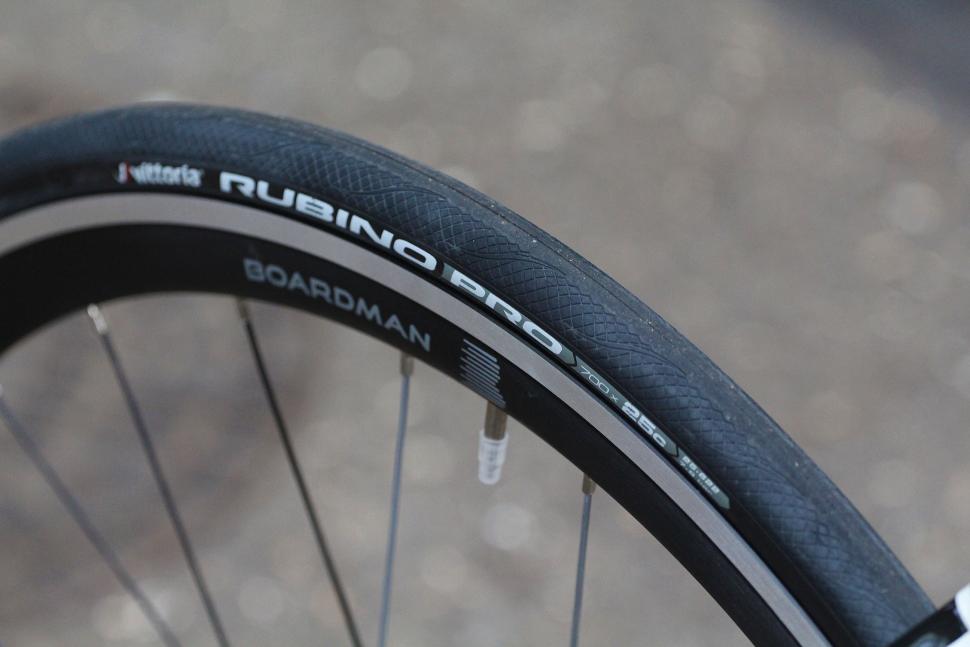
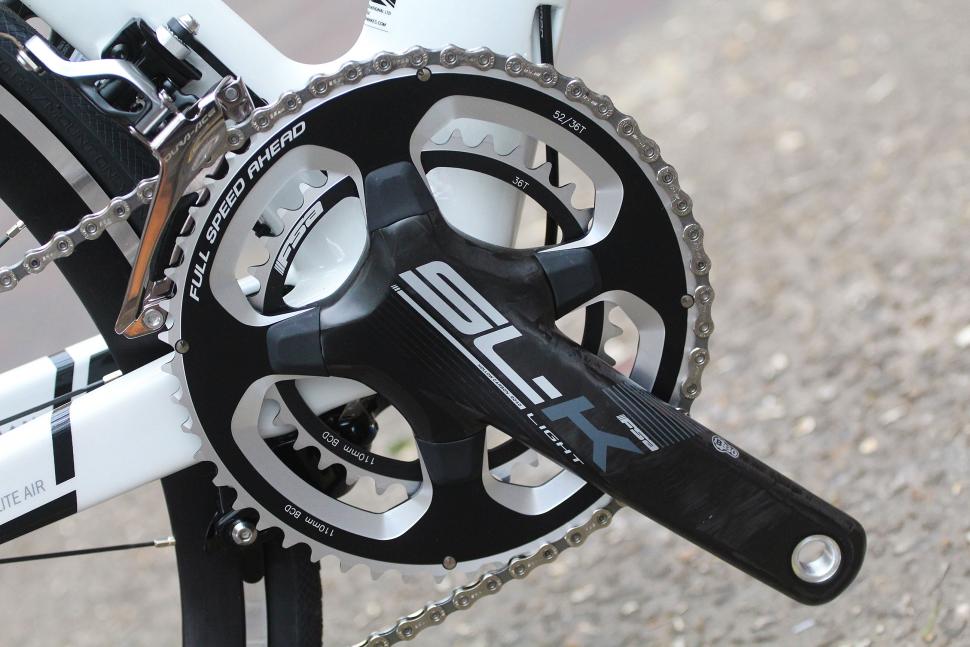
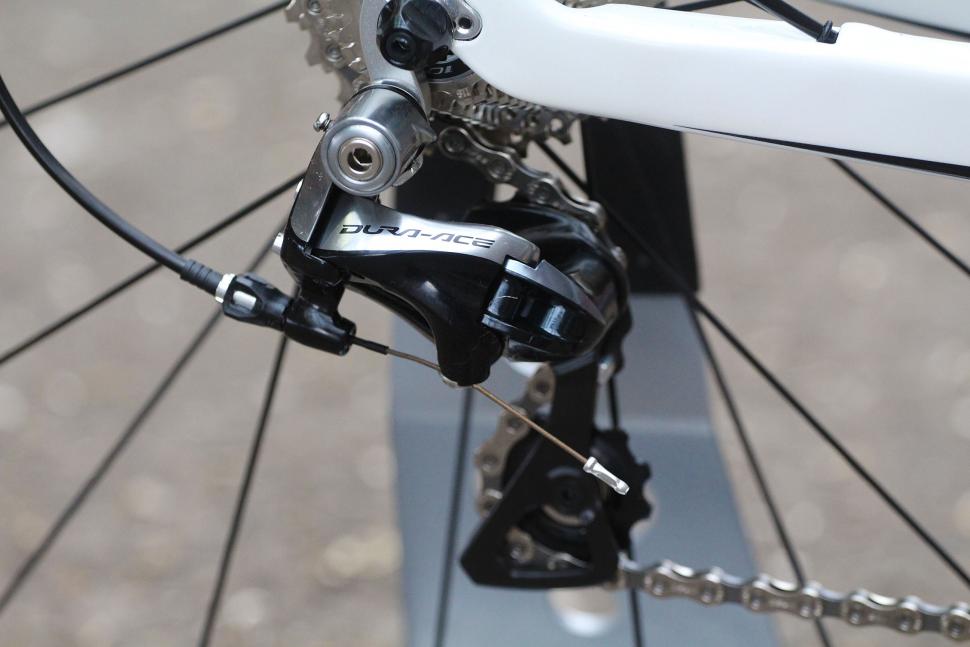













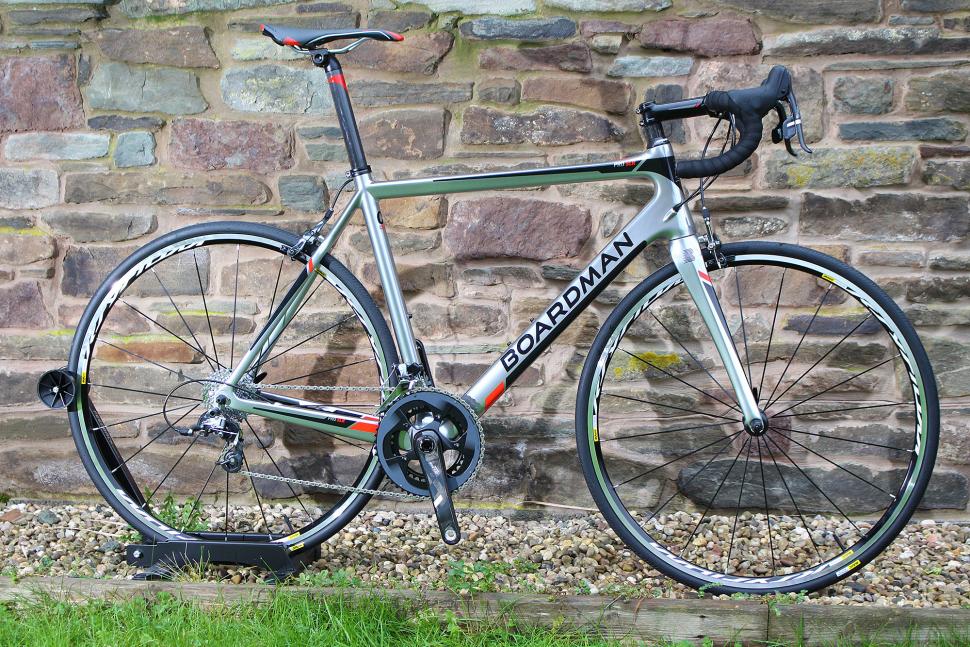
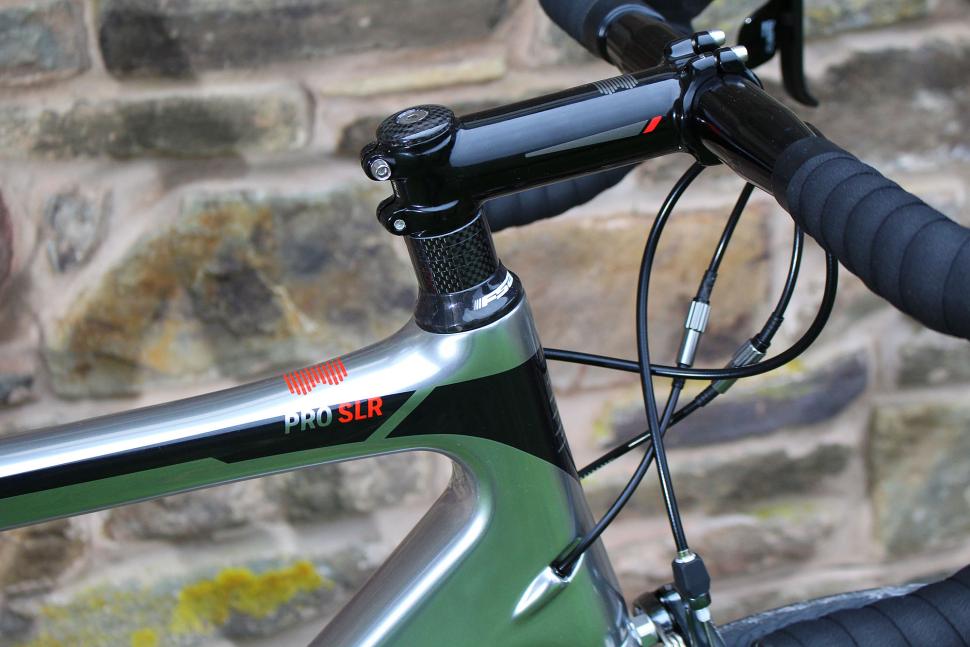

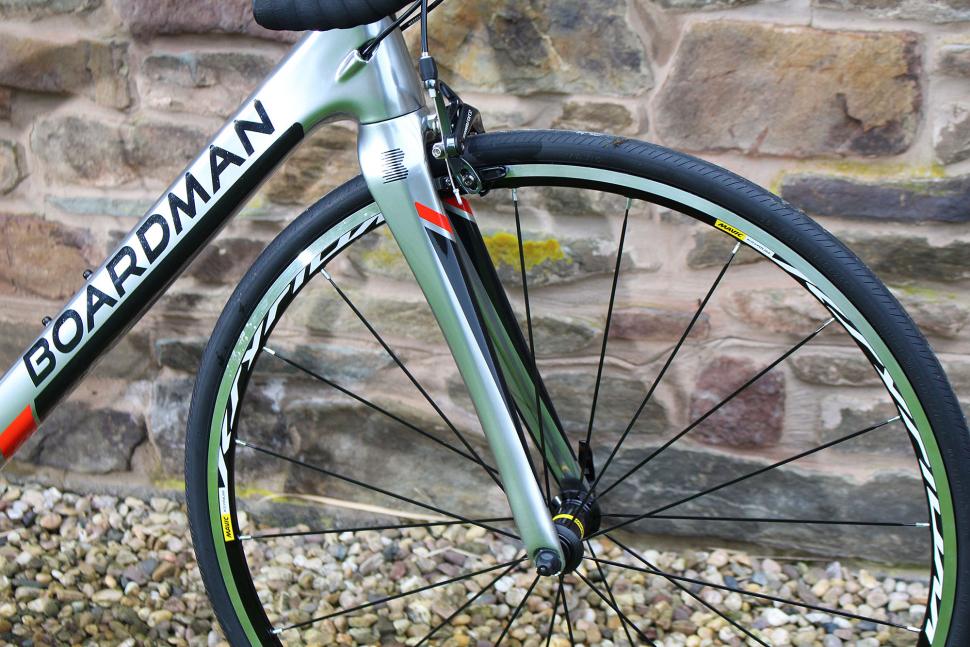





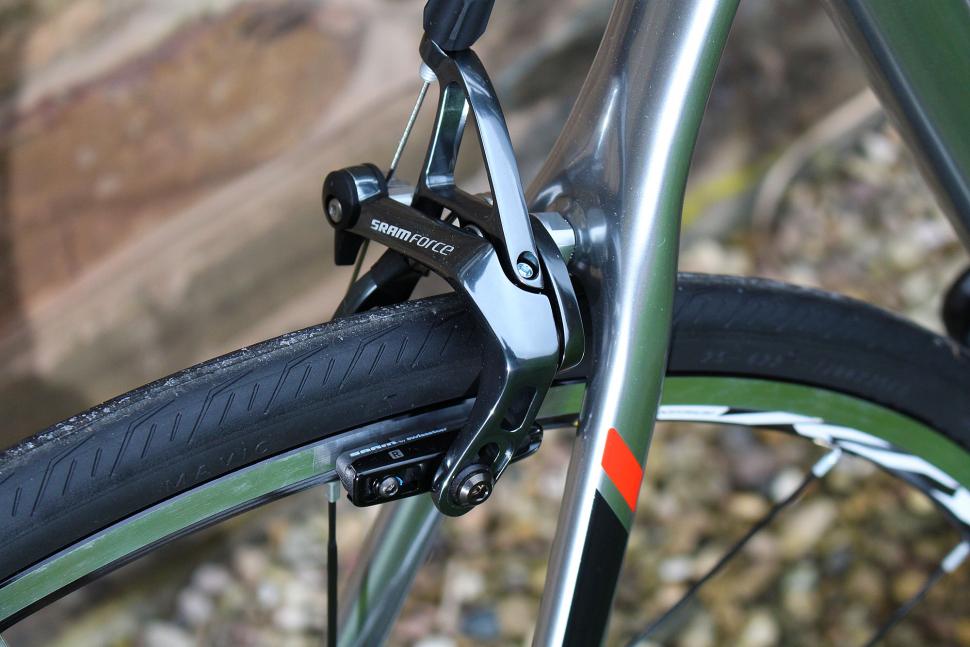


.jpg)













